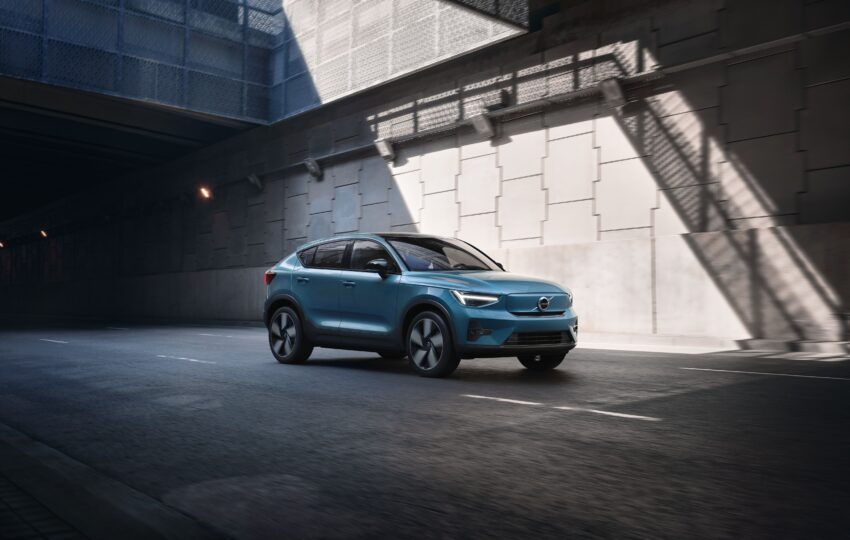Volvo profits slide £190 million as supply chain issues bite
Volvo achieved what it calls “a stable financial result” in the first quarter of 2022, in the face of several strong headwinds affecting its operations.
The Swedish car maker’s operating profit for the period stands at SEK 6.04 billion (£484.6 million), down some SEK 2.3 billion (£190 million) on the same period in 2021.
That’s partly a result of the ongoing supply chain crisis, which has throttled output for many of the world’s largest car makers over the last year. Volvo noted a gradual improvement in the supply of semiconductor chips over the past quarter, but production overall was down, and is expected to remain low in the second quarter.
With production running at limited capacity, Volvo sold 148,295 cars last quarter, down 20% on Q1 2021.
New CEO Jim Rowan, who replaced long-serving Håkan Samuelsson last month, said: “We consider this a temporary set-back and we expect the supply chain to improve as we enter the second half of the year. As a result, we expect marginal growth in sales volumes for the full year 2022, compared to 2021, although uncertainty is high. Customer demand remains incredibly strong.”
Volvo also highlights the impact of Russia’s invasion of Ukraine, though notes that it “has seen limited direct impact from the war in Ukraine”.
The company estimates that the increasing costs of raw materials as a result of this conflict will continue to impact its business, but has pledged to “work with pricing and other measures to largely offset these effects”. Material costs are expected to have a more profound impact on Volvo’s performance in the second half of 2022.
Already, the firm has mitigated the impact of limited production by raising pricing across its line-up – which it suggests has not impacted “continued strong demand and order intake”.
Volvo, like Tesla and the Volkswagen Group, is also affected by the implementation of ‘Zero-Covid’ policies in China, which has seen its plant in Shanghai shuttered in line with lockdown restrictions in the city. Reuters reports that the factory resumed operations two days ago, but Volvo said: “Given the uncertain development of the pandemic, Volvo Cars remains cautious.”
By the middle of the decade, Volvo aims to be selling 1.2 million cars per year, 600,000 of which will be fully electric. In line with that goal, it plans to ramp up its EV output to 150,000 units annually from summer 2022.
Electric cars accounted for 8% of Volvo’s sales last quarter, up 2% from the last three months of 2021. The brand cites “very strong demand” for its EVs, but also notes that it has prioritised production of pure-EVs as output was restricted.
The firm says it generates more income per unit on its all-electric Volvo XC40 Recharge and Volvo C40 Recharge models than it does on its second best-selling car, the conventionally fuelled Volvo XC40. But, it adds, margins are lower due to the increased cost of the EV drive components.
It said: “The strong revenue per unit is a testament for the strong demand we are seeing and also encouraging as we launch more cost-efficient models in coming years.”
The Volvo XC60 remains the brand’s strongest-selling model, with 44,900 units sold in the first quarter. That compares with 34,400 units of the petrol and PHEV XC40, 22,000 of the soon-to-be-replaced XC90 and 12,200 of the S60 saloon. The recently launched C40 Recharge claimed 3600 sales, but was only slightly behind the large V90 estate, which sold just 4500 units – down from 6900 in Q1 2021.






